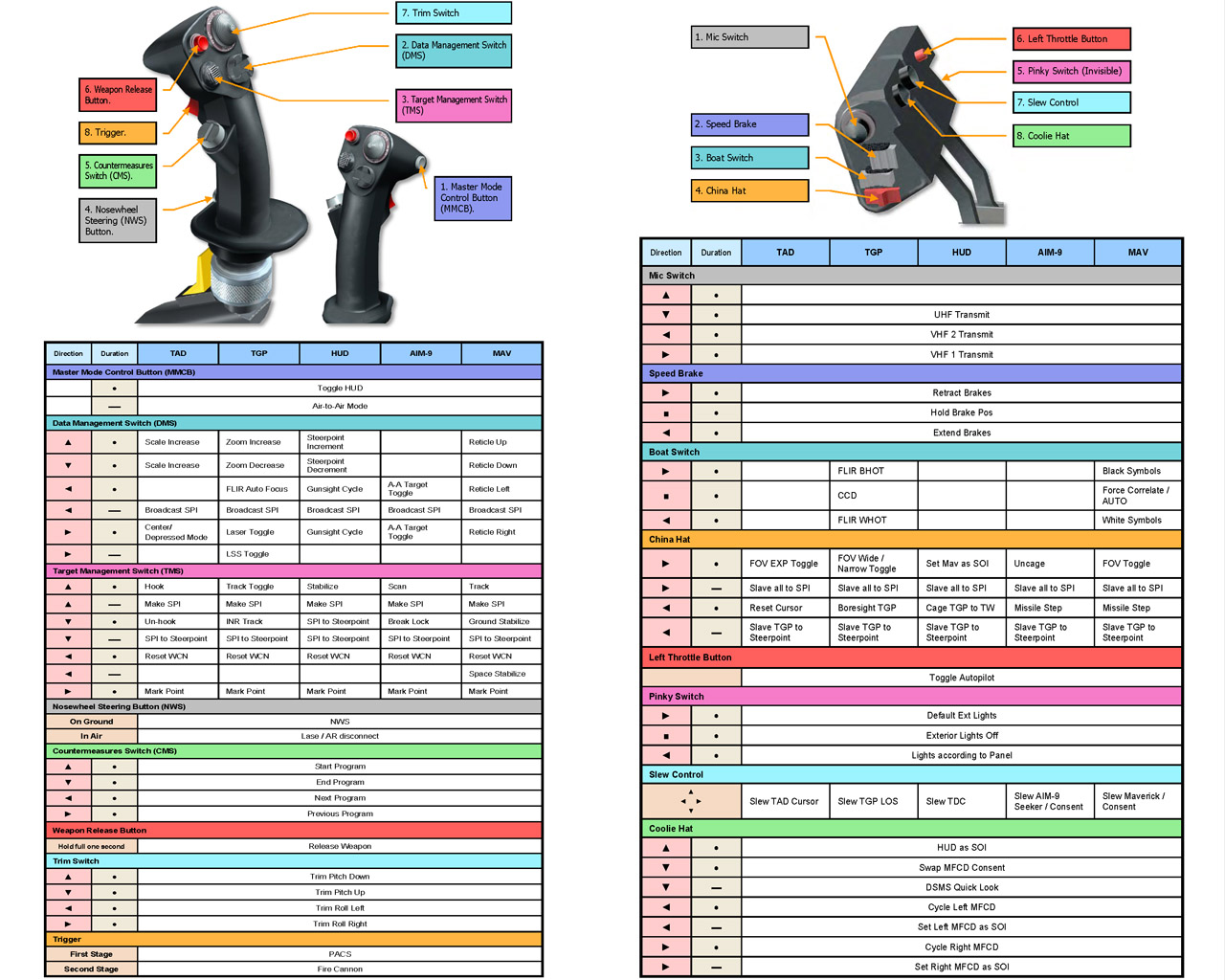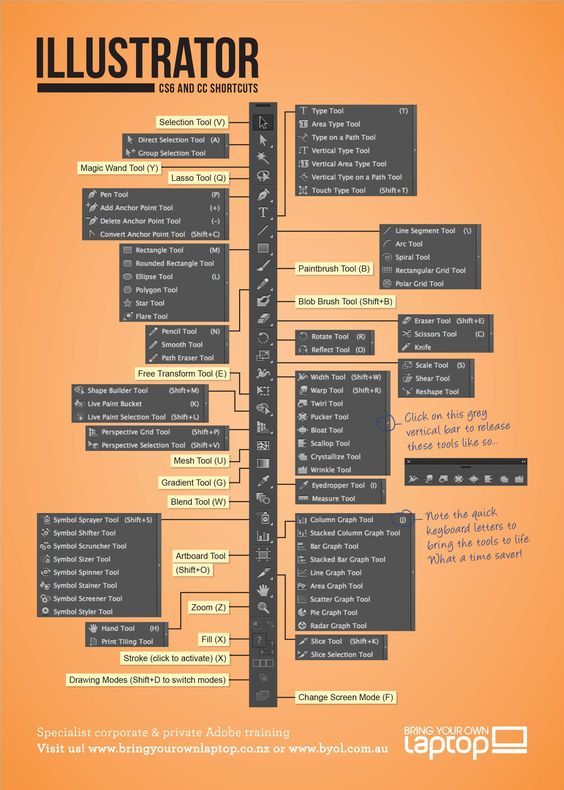Command line options

Retrieved from 'https://wiki.cheatengine.org/index.php?title=Assembler:CommandsList&oldid=5062'.
Configuration properties
They can be used in evaluations:? ${asm.tabs}
You will want to set your favourite options in ~/.radare2rc since every line there will be interpreted at the beginning of each session. Mine for reference:
There is an easier interface accessible from the Visual mode, just typing Ve
- Summary: This page is a printf formatting cheat sheet. I originally created this cheat sheet for my own purposes, and then thought I would share it here. A great thing about the printf formatting syntax is that the format specifiers you can use are very similar — if not identical — between different languages, including C, C, Java, Perl, PHP, Ruby, Scala, and others.
- The C Cheat Sheet An Introduction to Programming in C Revision 1.0 September 2000 Andrew Sterian Padnos School of Engineering. The program with an array of strings containing the command-line parameters. In C, an array does not know its own length so an extra parameter ( argc ) is present to indicate the number of entries.
- GDB Cheat Sheet Basics $ gcc g. Create an executable that can be debugged using GDB $ gdb progName start debugging progName $ gdb args progName args start debugging progName, using command-line arguments args (gdb) q quit GDB (gdb) help command display information about command, incl. Its syntax (gbd) run start running program.
- Almost all Cisco devices use Cisco IOS to operate and Cisco CLI to be managed. The basic CLI commands for all of them are the same, which simplifies Cisco device management. Here is a Cisco commands cheat sheet that describes the basic commands.
Basic Commands
Command syntax: [.][times][cmd][~grep][@[@iter]addr!size][|>pipe]; Command chaining: x 3;s+3;pi 3;s+3;pxo 4;| Pipe with shell commands: pd | less! Run shell commands: !cat /etc/passwd!! Escapes to shell, run command and pass output to radare buffer Note: The double exclamation mark tells radare to skip the plugin list to find an IO plugin handling this command to launch it directly to the shell. A single one will walk through the io plugin list.` Radare commands: wx `!ragg2 -i exec`~ grep~! grep -v~[n] grep by columns afl~[0]~:n grep by rows afl~:0
.cmdInterprets command output
..repeats last commands (same as enter n)(Used to define and run macros$Used to define alias$$: Resolves to current address- Offsets (
@) are absolute, we can use $$ for relative ones@ $$+4 ?Evaluate expression
?$?Help for variables used in expressions$$: Here$s: File size$b: Block size$l: Opcode length$j: When$$is at ajmp,$jis the address where we are going to jump to$f: Same forjmpfail address$m: Opcode memory reference (e.g. mov eax,[0x10] => 0x10)???Help for?command?iTakes input from stdin. Eg?i username??Result from previous operations?s from to [step]: Generates sequence fromto every ?p: Get physical address for given virtual address?P: Get virtual address for given physical one?vShow hex value of math expr
?l str: Returns the length of string@@: Used for iterations
Positioning
Block size
The block size is the default view size for radare. All commands will work with this constraint, but you can always temporally change the block size just giving a numeric argument to the print commands for example (px 20)
JSON Output
Most of commands such as (i)nfo and (p)rint commands accept a j to print their output in json
Analyze
Function analysis (normal mode)
Function analysis (visual mode)
Opcode analysis:
Information
Mitigations:
Get function address in GOT table:pd 1 @ sym.imp<funct>Returns a jmp [addr] where addr is the address of function in the GOT. Similar to objdump -R | grep <func>
Write
Flags
Flags are labels for offsets. They can be grouped in namespaces as sym for symbols ...
yank & paste
Visual Mode:
V enters visual mode
ROP
Search depth can be configure with following properties:
Assembly Commands Cheat Sheet
Searching
Example: Searching function preludes:
Its possible to run a command for each hit. Use the cmd.hit property:
Magic files
Search for magic numbers
Search can be controlled with following properties:
Yara
Yara can also be used for detecting file signatures to determine compiler types, shellcodes, protections and more.
Zignatures
Zignatures are useful when dealing with stripped binaries. We can take a non-stripped binary, run zignatures on it and apply it to a different binary that was compiled statically with the same libraries.
Zignatures are applied as comments:
Compare files
Graphs
Basic block graphs
Call graphs
Convert .dot in .png
At&t Assembly Cheat Sheet
Generate graph for file:

Debugger
Start r2 in debugger mode. r2 will fork and attach
To pass arguments:
To pass stdin:
Commands
To follow child processes in forks (set-follow-fork-mode in gdb)
PEDA like details: drr;pd 10@-10;pxr 40@esp
Debug in visual mode
WebGUI (Enyo)
All suite commands include a -r flag to generate instructions for r2
rax2 - Base conversion
rahash2 - Entropy, hashes and checksums
radiff2 - File diffing
Examples:
rasm2 - Assembly/Disassembly
rafind2 - Search
ragg2 - Shellcode generator, C/opcode compiler
Example:
rabin2 - Executable analysis: symbols, imports, strings ...
rarun2 - Launcher to run programs with different environments, args, stdin, permissions, fds
Examples:
I reproduce some of the plots from Rstudio’s ggplot2 cheat sheet using Base R graphics. I didn’t try to pretty up these plots, but you should.
I use this dataset
X86 Cheat Sheet
The main functions that I generally use for plotting are
- Plotting Functions
plot: Makes scatterplots, line plots, among other plots.lines: Adds lines to an already-made plot.par: Change plotting options.hist: Makes a histogram.boxplot: Makes a boxplot.text: Adds text to an already-made plot.legend: Adds a legend to an already-made plot.mosaicplot: Makes a mosaic plot.barplot: Makes a bar plot.jitter: Adds a small value to data (so points don’t overlap on a plot).rug: Adds a rugplot to an already-made plot.polygon: Adds a shape to an already-made plot.points: Adds a scatterplot to an already-made plot.mtext: Adds text on the edges of an already-made plot.
- Sometimes needed to transform data (or make new data) to make appropriate plots:
table: Builds frequency and two-way tables.density: Calculates the density.loess: Calculates a smooth line.predict: Predicts new values based on a model.
All of the plotting functions have arguments that control the way the plot looks. You should read about these arguments. In particular, read carefully the help page ?plot.default. Useful ones are:
main: This controls the title.xlab,ylab: These control the x and y axis labels.col: This will control the color of the lines/points/areas.cex: This will control the size of points.pch: The type of point (circle, dot, triangle, etc…)lwd: Line width.lty: Line type (solid, dashed, dotted, etc…).
Discrete
Barplot
Different type of bar plot
Continuous X, Continuous Y
Scatterplot
Jitter points to account for overlaying points.
Add a rug plot
Add a Loess Smoother
Loess smoother with upper and lower 95% confidence bands
Loess smoother with upper and lower 95% confidence bands and that fancy shading from ggplot2.
Add text to a plot
Discrete X, Discrete Y

Mosaic Plot
Color code a scatterplot by a categorical variable and add a legend.
par sets the graphics options, where mfrow is the parameter controling the facets.
The first line sets the new options and saves the old options in the list old_options. The last line reinstates the old options.
This R Markdown site was created with workflowr
